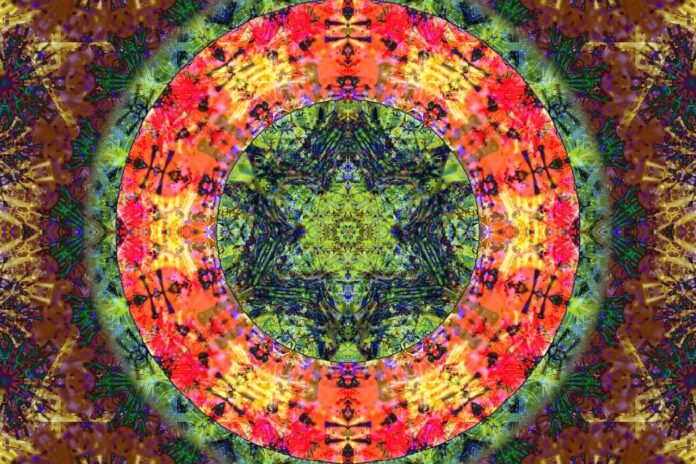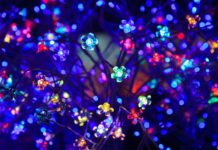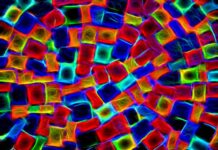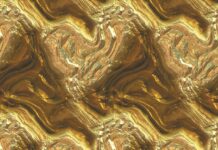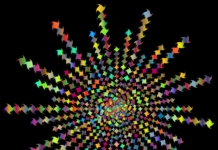Hanfu, meaning “Han clothing,” refers to traditional Chinese attire that has evolved over thousands of years, reflecting the rich history and cultural heritage of the Han ethnic group in China. It encompasses a diverse array of styles and designs, each symbolizing different dynasties, social classes, and occasions. Rooted in the ancient traditions of China, Hanfu embodies a profound cultural significance and remains an integral part of the country’s identity and historical legacy. Despite its historical roots, there has been a contemporary resurgence of interest in Hanfu, leading to a revival of traditional dress practices and a renewed appreciation for this iconic attire.
Hanfu has a distinctive aesthetic characterized by its loose, flowing silhouettes, elaborate embroidery, and intricate details. The garments are often made from luxurious fabrics such as silk, satin, and brocade, reflecting the opulence and sophistication of traditional Chinese fashion. Hanfu is renowned for its graceful and elegant appearance, which accentuates the natural lines of the body while exuding an aura of timeless beauty and cultural significance. The intricate craftsmanship and attention to detail are evident in the elaborate sleeves, collars, and hems, showcasing the meticulous artistry and cultural symbolism embedded within each garment.
Historically, Hanfu served as a symbolic representation of social status, with different styles and designs reserved for specific occasions, ceremonies, and social hierarchies. The attire varied significantly based on factors such as gender, age, and occasion, with specific rules and customs governing the appropriate dress code for different events. Hanfu encapsulated the essence of Chinese culture and philosophy, embodying the principles of harmony, balance, and respect for tradition, which were intricately woven into the fabric of society and cultural practices.
The evolution of Hanfu over the centuries has been shaped by various dynastic influences, regional customs, and cultural exchanges, resulting in a diverse array of styles and variations across different periods in Chinese history. From the flowing robes of the Han Dynasty to the intricate layered ensembles of the Tang Dynasty, each era contributed to the rich tapestry of Hanfu’s heritage, reflecting the evolving tastes, aesthetics, and social norms of ancient Chinese society.
Hanfu is not merely a sartorial choice but a cultural statement that embodies the essence of Chinese identity and historical continuity. It serves as a powerful symbol of national pride and cultural heritage, fostering a sense of connection and reverence for the traditions and values that have shaped Chinese civilization over millennia. The resurgence of Hanfu in contemporary Chinese culture represents a revival of traditional values and a renewed appreciation for the timeless elegance and cultural legacy that Hanfu embodies.
In recent years, the revival of Hanfu has sparked a cultural renaissance, with enthusiasts and advocates championing its significance as a tangible link to China’s ancient past and a means of preserving and celebrating the country’s cultural heritage. This resurgence has led to a renewed interest in traditional craftsmanship, textile production, and historical research, fostering a renewed sense of cultural pride and identity among the younger generations.
The contemporary reinterpretation of Hanfu has led to innovative adaptations that blend traditional elements with modern aesthetics, catering to a diverse and global audience interested in exploring and embracing the beauty and cultural significance of Hanfu. From fashion runways to cultural events, Hanfu has found a place in the modern world, transcending its historical roots to become a symbol of cultural resilience, creativity, and artistic expression.
The revival of Hanfu has also spurred the emergence of dedicated communities, online forums, and social gatherings that celebrate and promote the cultural significance of Hanfu. These communities serve as platforms for enthusiasts to exchange knowledge, share experiences, and showcase their appreciation for traditional Chinese culture, fostering a sense of camaraderie and belonging among individuals passionate about preserving and promoting the legacy of Hanfu.
Hanfu festivals, exhibitions, and cultural events have gained prominence as avenues for showcasing the richness and diversity of Hanfu culture, attracting enthusiasts, scholars, and tourists from around the world. These events serve as vibrant hubs for cultural exchange, education, and cross-cultural dialogue, fostering a deeper understanding and appreciation of Hanfu’s historical and contemporary significance within the global cultural landscape.
The global appeal of Hanfu has sparked an increased interest in Chinese culture, history, and aesthetics, fostering cross-cultural dialogue and exchange that transcends geographical boundaries and language barriers. Its universal allure as a symbol of timeless elegance, cultural heritage, and artistic expression has positioned Hanfu as a potent ambassador of Chinese culture, contributing to a deeper appreciation and understanding of China’s rich and multifaceted cultural legacy on the international stage.
Amid the contemporary renaissance of Hanfu, the cultural significance of this traditional attire continues to evolve and adapt to the changing dynamics of the modern world. While preserving its historical authenticity and cultural symbolism, Hanfu has also become a canvas for artistic experimentation and reinterpretation, reflecting the dynamic interplay between tradition and modernity that characterizes China’s cultural landscape. This dynamic evolution speaks to the resilience and adaptability of Hanfu as a cultural artifact, highlighting its enduring relevance and timeless appeal within the context of a rapidly evolving global cultural milieu.
As the legacy of Hanfu continues to unfold in the modern era, its enduring influence serves as a testament to the enduring power of cultural heritage and the timeless allure of traditional aesthetics. Its revival and reinterpretation reflect a contemporary consciousness that values the preservation of historical traditions while embracing the spirit of innovation and creativity. The ongoing celebration of Hanfu as a vibrant cultural phenomenon underscores its transformative role in shaping cultural identity, fostering intercultural dialogue, and fostering a deeper appreciation for the cultural legacies that define our shared human experience.
Hanfu’s journey from the annals of ancient history to its contemporary revival and global resurgence exemplifies the enduring power of cultural traditions to transcend time, space, and societal changes. As a symbol of cultural pride, artistic expression, and historical continuity, Hanfu continues to weave a tapestry of tradition and innovation that resonates with audiences worldwide, fostering a deeper understanding and appreciation of the rich cultural heritage that defines China’s diverse and multifaceted identity. Its legacy as a timeless cultural artifact serves as a testament to the enduring legacy of human creativity, resilience, and the transcendent power of cultural traditions to inspire, educate, and unite communities across the globe.
In contemporary society, the revival of Hanfu has transcended its traditional boundaries, serving as a catalyst for cultural exchange, artistic innovation, and the revitalization of traditional crafts and artisanal skills. Its influence extends beyond the realms of fashion and attire, permeating various aspects of contemporary art, design, and cultural discourse, underscoring its enduring relevance and cultural resonance in a rapidly changing and interconnected world.


